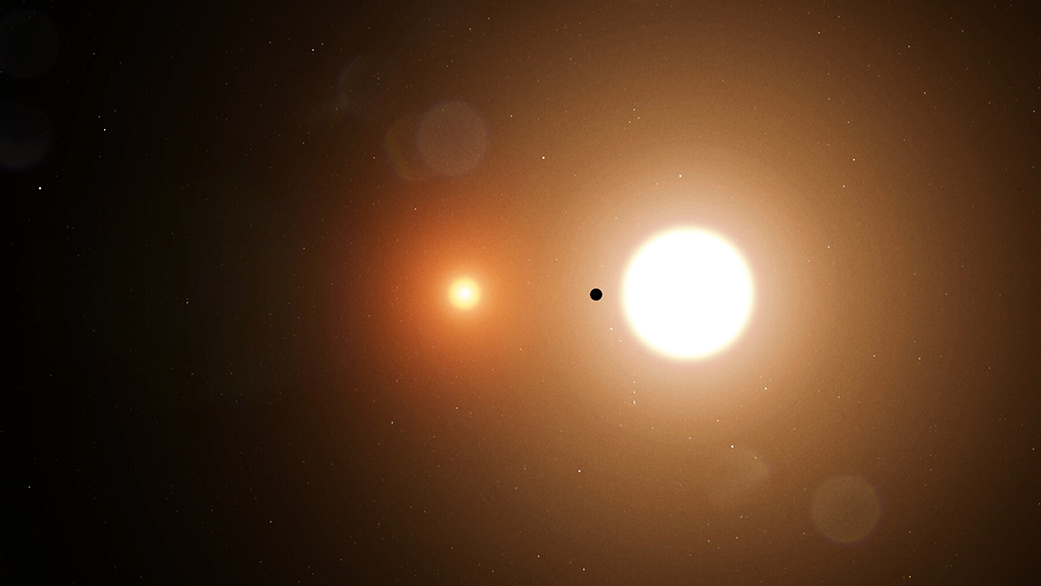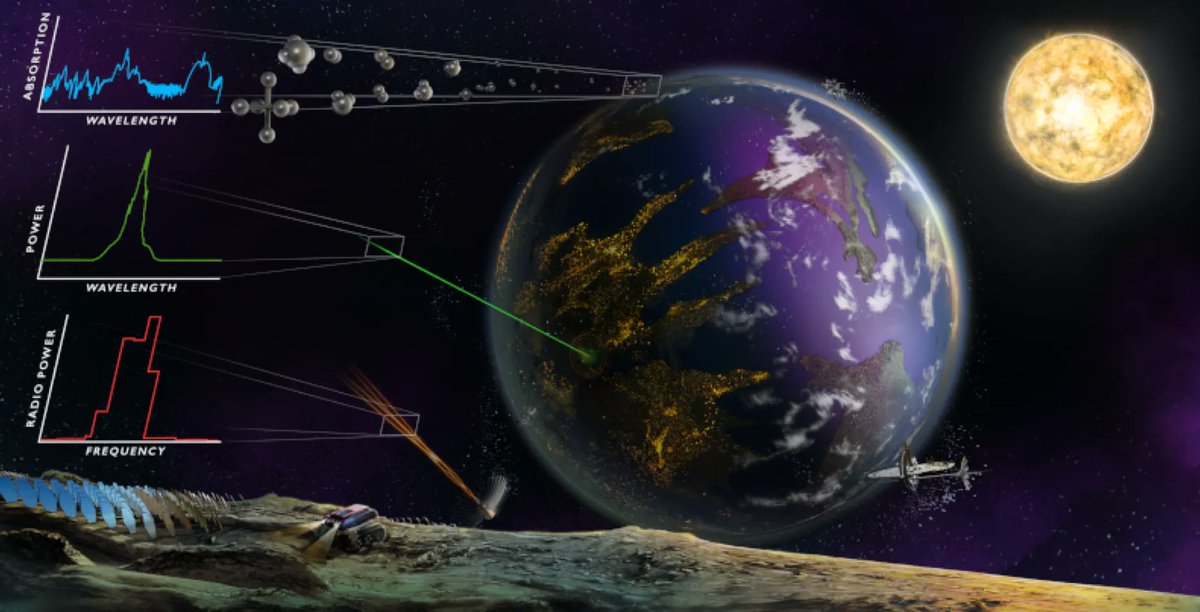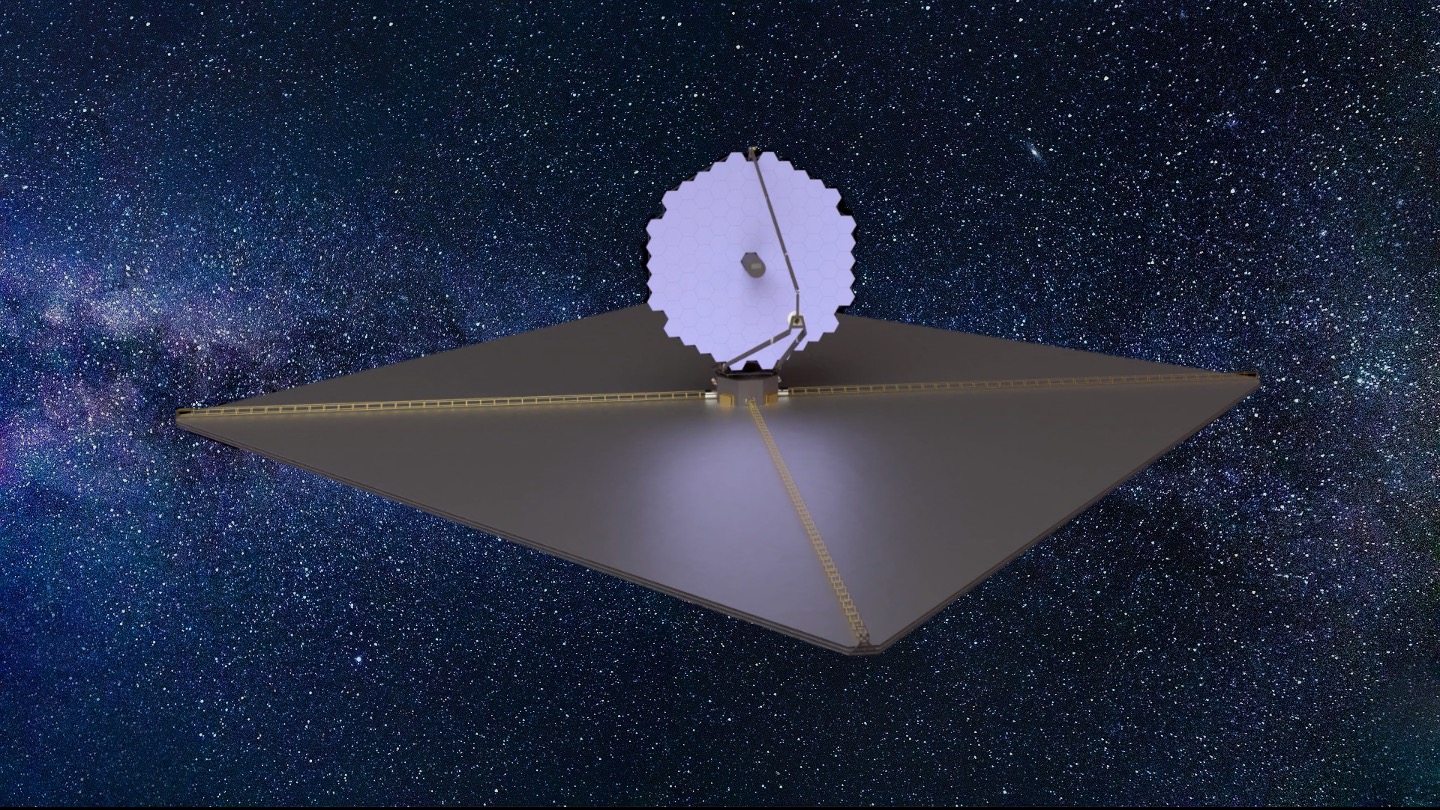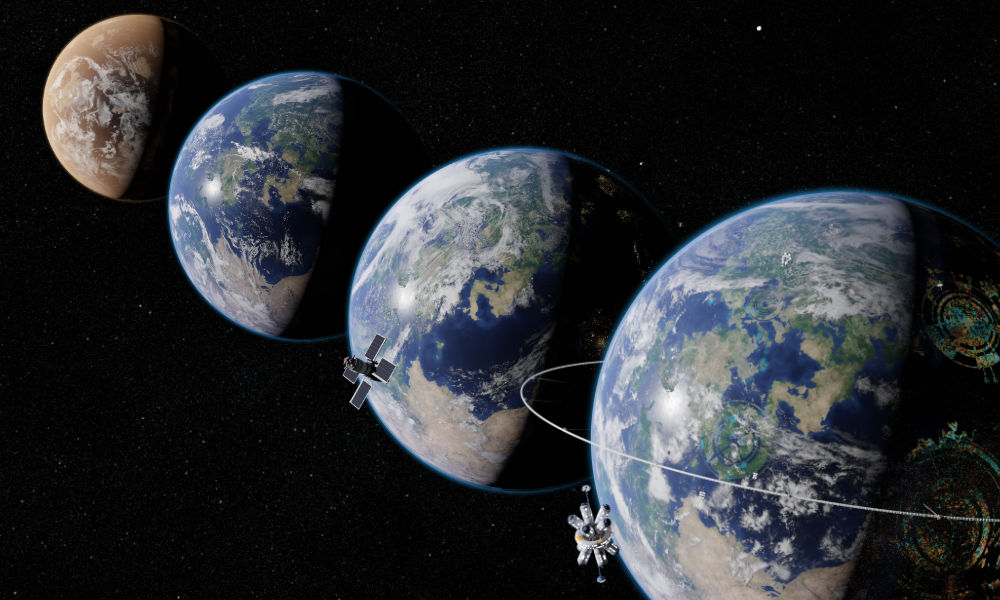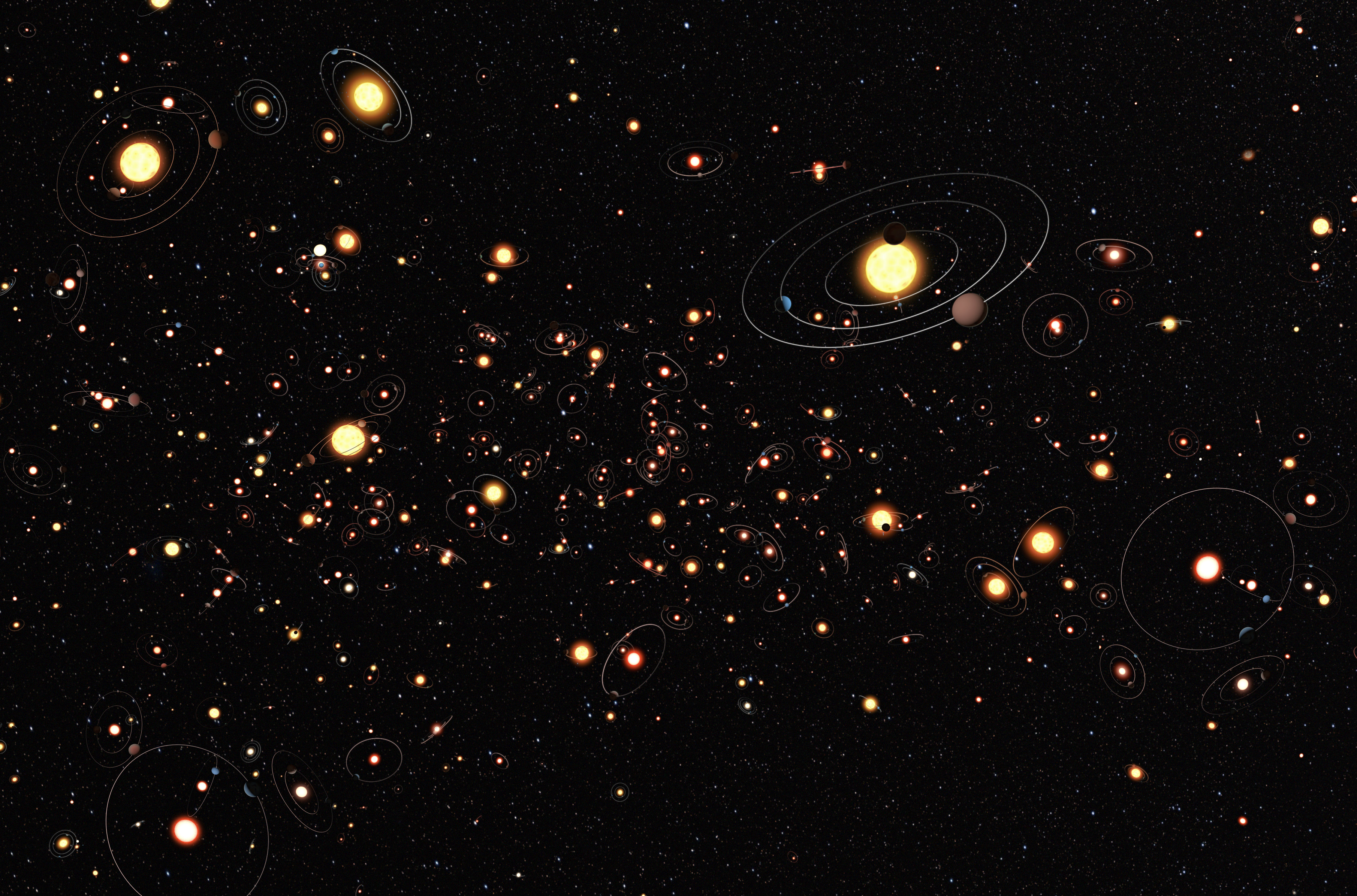The Robert C. Byrd Green Bank Telescope (GBT), part of the Green Bank Observatory in West Virginia, is the world’s premiere single-dish radio telescope. Between its 100-meter dish (328-foot), unblocked aperture, and excellent surface accuracy, the GBT provides unprecedented sensitivity in the millimeter to meter wavelengths – very high to extremely high frequency (VHF to EHF). Since 2017, it also became one of the main instruments used by Breakthrough Listen and other institutes engaged in the Search for Extraterrestrial Intelligence (SETI).
Recently, an international team of researchers from the SETI Institute, Breakthrough Listen, and multiple universities scanned twelve exoplanets for signs of technological activity (aka. “technosignatures”). Their observations were timed to coincide with the planets passing in front of their sun relative to the observer (i.e., making a transit). While the survey did not detect any definitive evidence of technosignatures, they did identify two radio signals of interest that warrant follow-up observation. This new technique could vastly expand the field of SETI and create all kinds of opportunities for future research.
Continue reading “Astronomers Scanned 12 Planets for Alien Signals While They Were in Front of Their Stars”
